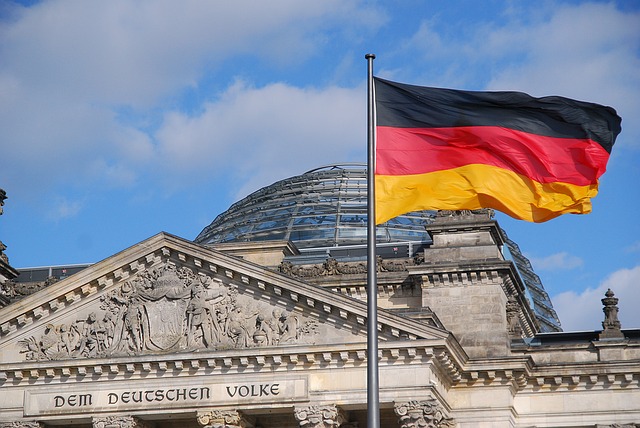June 10, 2022
Labour costs per hour worked in Germany were up by a seasonally and calendar adjusted 2.4% in the first quarter of 2022 compared with the fourth quarter of 2021. The Federal Statistical Office (Destatis) also reports that labour costs were up 4.5% in calendar adjusted terms on the first quarter of 2021.
Labour costs consist of gross earnings and non-wage costs and are shown in relation to hours worked. In the first quarter of 2022 the costs of gross earnings increased a calendar adjusted 4.3% on the first quarter of 2021, while non-wage costs were up by 5.3%.
Labour costs in the 4th quarter of 2021 up 2.6% on an EU average
European results are currently available for the fourth quarter of 2021. They show that the price of one hour worked was 2.6% higher, on average, in the 27 European Union (EU) Member States compared with the same quarter of the previous year. The 2.5% increase recorded in Germany was just under the average development in the EU. In Greece (-2.1%) and Portugal (-0.9%), the labour cost index decreased in the period studied. In contrast, the highest labour cost growth rates in the EU were recorded in Lithuania (+17.8%), Bulgaria (+11.7%), Slovakia (+11.0%) as well as Poland and Hungary (+10%).
Source: Destatis
Legal Notice: The information in this article is intended for information purposes only. It is not intended for professional information purposes specific to a person or an institution. Every institution has different requirements because of its own circumstances even though they bear a resemblance to each other. Consequently, it is your interest to consult on an expert before taking a decision based on information stated in this article and putting into practice. Neither Karen Audit nor related person or institutions are not responsible for any damages or losses that might occur in consequence of the use of the information in this article by private or formal, real or legal person and institutions.






